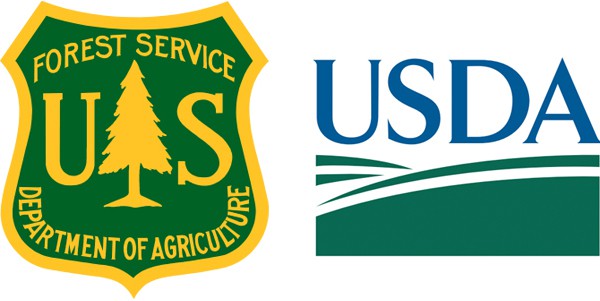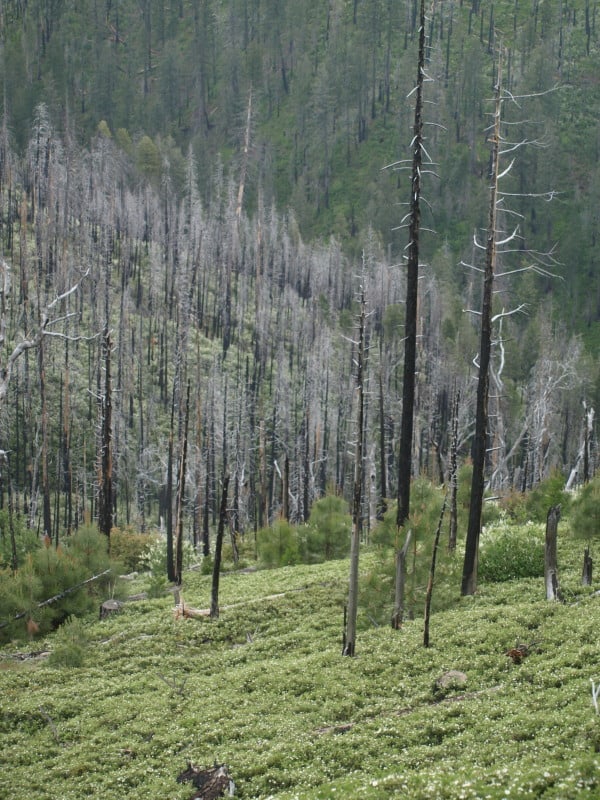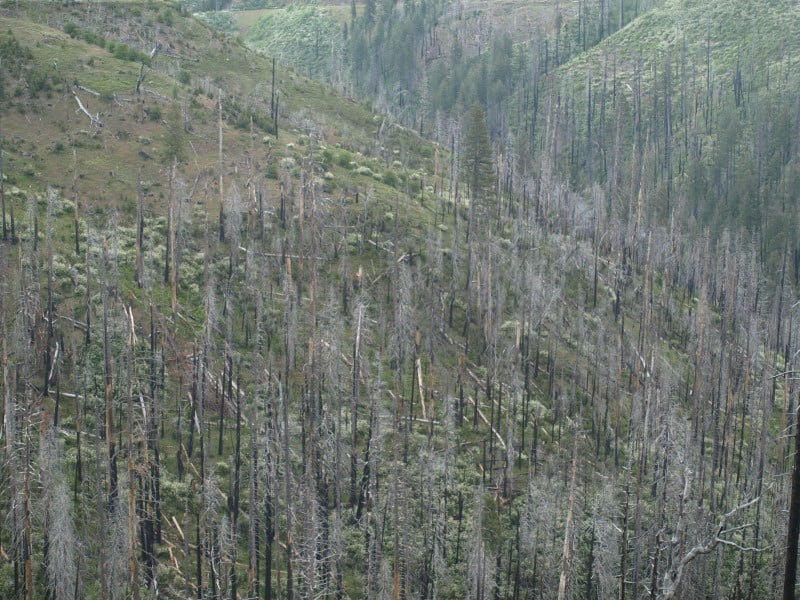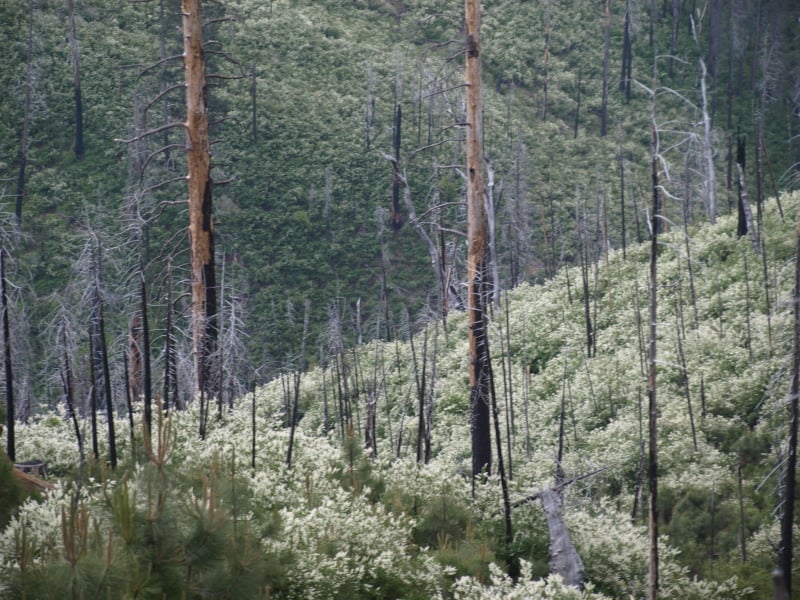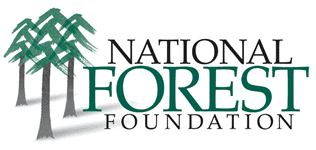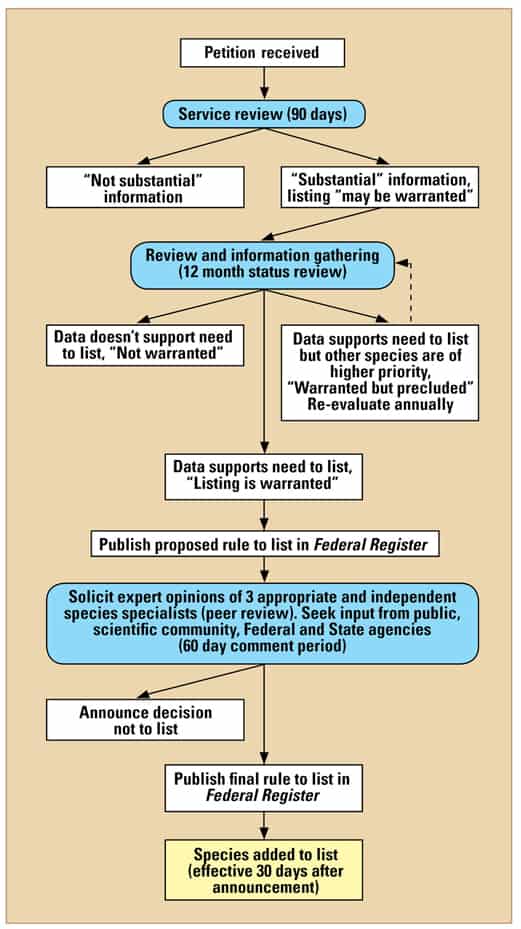
Relevant Maxims
Use the press first, last, and all the time if you want to reach the public. Get rid of the attitude of personal arrogance or pride of attainment or superior knowledge.
Don’t try any sly or foxy politics, because a forester is not a politician.
Ed raised this issue in our discussion of the Shield Snafu here, and it seems like a rich and important area. What do we mean when we say that? Traditionally, we were attached to the idea of having a career Chief.. yet if that would mean that all key decisions were kept from her/him (not saying that that is the case, I have no idea) because they are made by politicals, would that still be valuable? I don’t know.
So I thought I would expound on my opinion, and let others give their impressions. After all the Dept of the Interior has a new secretary, the USDA (will get) a new undersecretary.. perhaps one of their future staff folks will read this and consider it in deciding how to approach their work.
First, federal agencies are in the executive branch. So when one party wins, they get to have their buddies take the reins, and have primary seats on the policy advice team. They also get to reward people of varying talents, experience, and management capabilities with political jobs; often overseeing large organizations.
Let’s take a look at this article on the new Interior Secretary, Sally Jewell.
“When you think about this appointment, it’s the first time you have someone—a CEO—from our industry coming into the Department of the Interior,” Frank Hugelmeyer, OIA’s CEO, tells Quartz. “I actually find this curious, that this is a big surprise. When you look at Treasury secretaries, they’re often from the investment world. So we see this as completely appropriate and overdue.”
So if it’s OK to get CEOS (“appropriate and overdue!”) from industry for secretaries, do all industries count? Like the CEO of Monsanto for USDA Secretary? And did that work well for SEC? .. anyway, that’s a bit of an aside..
But you know, I don’t really think it’s about policy. I don’t. I don’t even care if they picked Salazar and Sherman to have an in with Colorado in the last election (pickin’ people for political purposes) as long as they’re good folks. I think it’s about how you work with the career folks and whether you treat them with respect (as fuzzy wuzzy as that is).
Like if your buddy is a neighbor to a timber sale, do you go through channels to ask questions? Do you assume your buddy is right and your employees are yo-ho’s? Do you make glaring press-covered mistakes about diversity and then flagellate others as your penance? Do you appear to spend scarce government funds on secret dumb ideas that don’t seem to have any practical role? Do you call some science folks going to a conference and tell them they can’t go because it’s a swing state during an election and could be targeted as wasteful?
I worked in DC during three administrations (close enough to observe a lot of behavior), so I have seen some things. You can read Jack Ward Thomas’s journal for some of the things he found annoying. Again, my hypothesis is that it’s not what politicals believe so much, as the actions they do to carry out their policies and how they treat career employees in general (not just their buddies). Like trusting them to do their communications job, and just jumping on specific ones when they screw up. In a large organization, people will always screw up..so keeping them from doing their job is not really a solution. At least I didn’t learn that in any management course I took.
I remember a new Undersecretary coming in once, and I attended a meeting where he was talking to alumni of our mutual school. He gave me the impression that he thought of the FS as a bunch of dinosaurs who would staunchly resist all inklings of Goodness and Light. At the time, I remember looking up a quote, something about “if you want to change people, first you have to love them” but I can’t find it now. Maybe that’s a bit strong. Or as I used to say about Ronald Reagan “if he really believes that federal employees are so useless, why does he want to be out boss?”
Anyway, what does “politicization” of the FS mean to you, good or bad? You are welcome to share your experiences.
